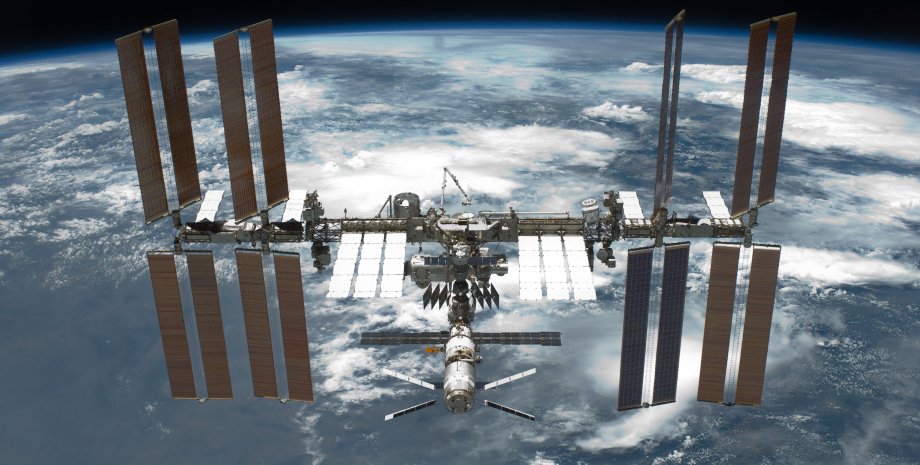
 By Eliza Popova
By Eliza Popova
This is the 41st similar maneuver that had to be performed by the orbital station since 1999. According to NASA, a part of the Chinese Changzhen series rocket launched in 2005 had a dangerous trajectory. The calculations have shown that this fragment of space debris can fly past the station at a dangerously close distance of more than 600 meters. In space, anything could happen, and there is always a chance that large space debris can be cut into the ISS.
As a result, NASA, together with other space agencies, decided to increase the distance between the ISS and a dangerous object. For this purpose, in such cases, the evasion maneuver is carried out by starting the engines of one of the freight space ships connected to the orbital station. Chinese Changzhen Series missiles have different modifications and are both two -stage and three -stage. NASA did not specify, some of which the rocket posed a threat to the ISS.
Shortly after the upper degree of such rockets outputs a lotal load, then it remains to fly in space. Therefore, there is always a threat that this space debris can damage orbital objects that work. The next MACS evasion was performed with the help of the Russian freight spacecraft "Progress MS-30", which arrived at the orbital station on March 2.
On Thursday, May 1, at 1:10, the ship launched its engines behind Kiev to change the ISS orbit a little and thus avoid potential collision with the wreckage of the Chinese rocket. The engines worked for 3 minutes and 33 seconds, and then stopped. As a result, NASA noted that the threat of the ISS passed and the fragment of the Chinese rocket flew away from the station.
This situation did not affect the exit of NASA astronauts, Anne McCleyne and Nicole Aiers, the exit of the space -planned astronauts. Already in the evening of May 1, or more precisely at 16:05, astronauts went beyond the ISS and spent 5 hours 44 minutes in open space. It was the fifth time in history when only women went into open space. NASA astronauts have partially modernized and repaired the ISS, although they could not complete all the tasks due to lack of time.
We remind that for the first time only women went to open space in October 2019. Then the boundaries of the ISS left the astronauts of Nasa Christina Koch and Jessica Meir. The International Space Station has repeatedly launched engines in order to avoid collision with space debris over the last 26 years. We remind that the station was built in 1998, and the first astronauts arrived there in 2000.
Over the past 25 years, the amount of space debris has increased tenfold due to the increase in the number of launches of rockets and satellites into space. As the focus has already written, the risk of space debris to fall to the ground can increase significantly in the coming years. As for the ICC, in November last year the station had to carry out two maneuvers of evasion at once to avoid contact with incomprehensible satellites, as focus already wrote.
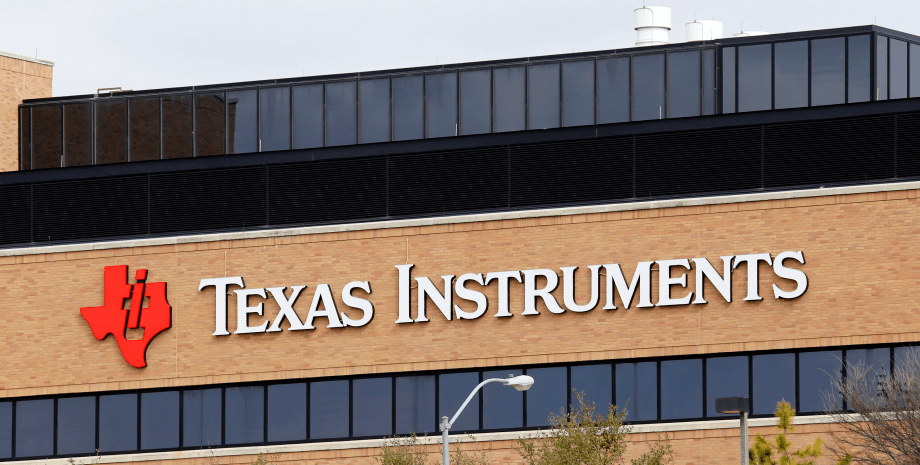

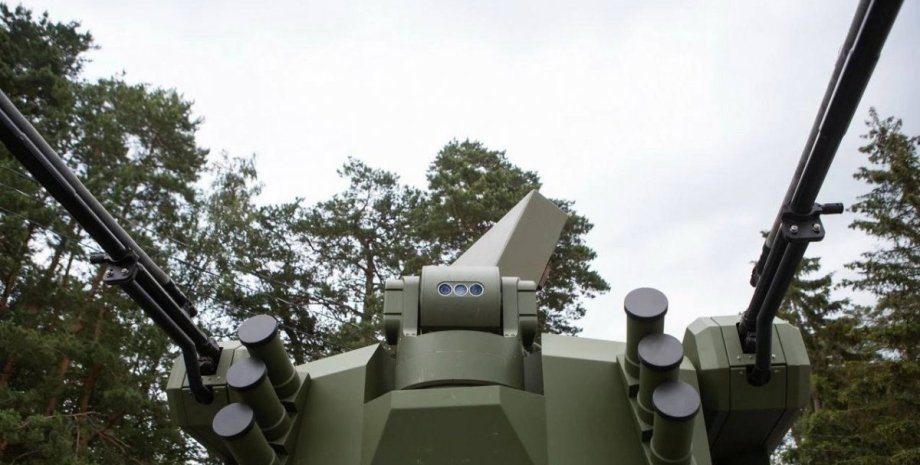

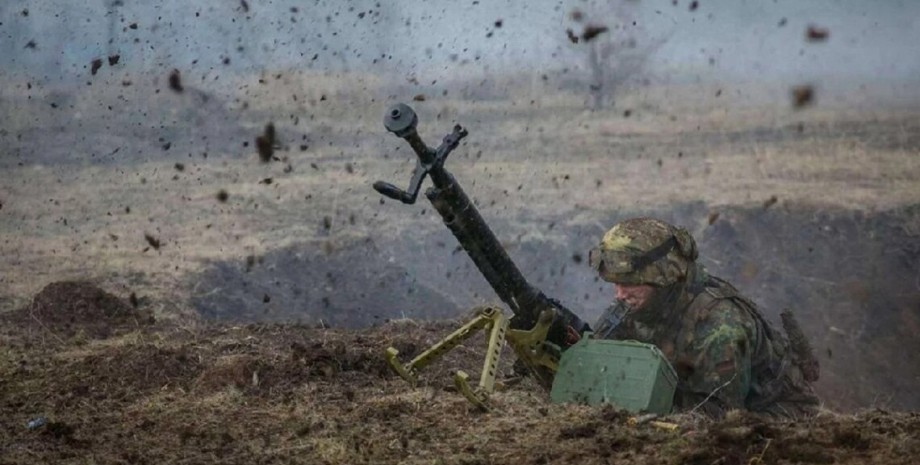

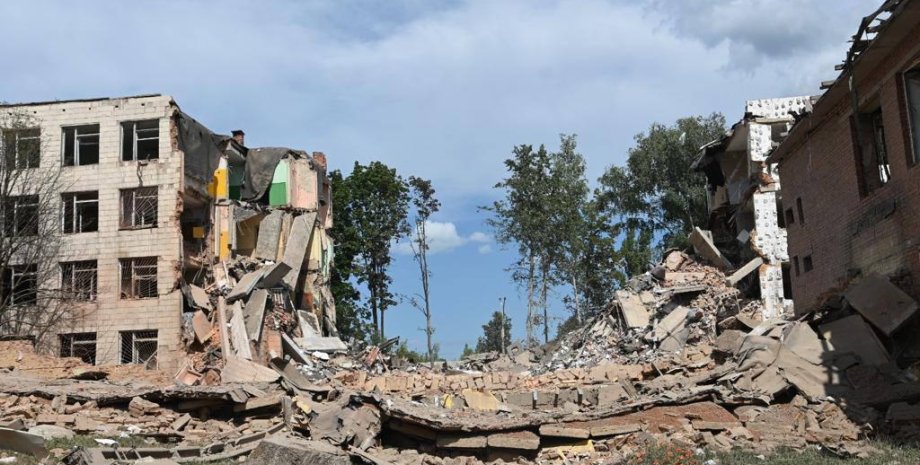
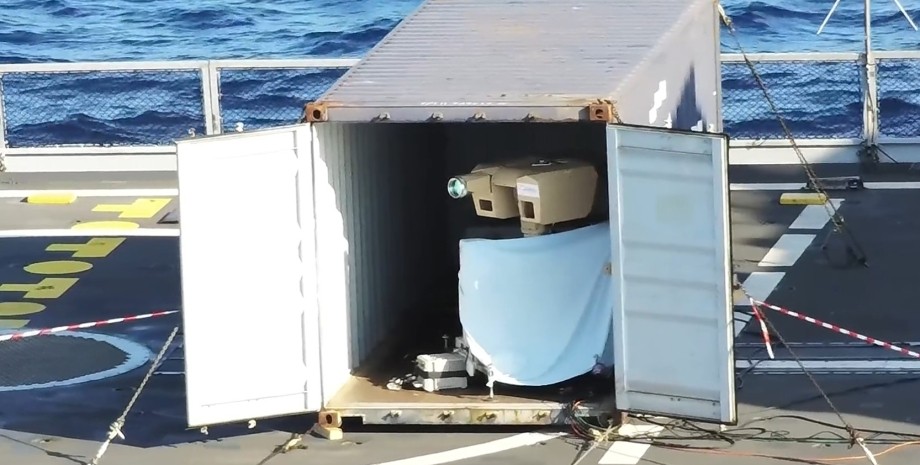


All rights reserved IN-Ukraine.info - 2022